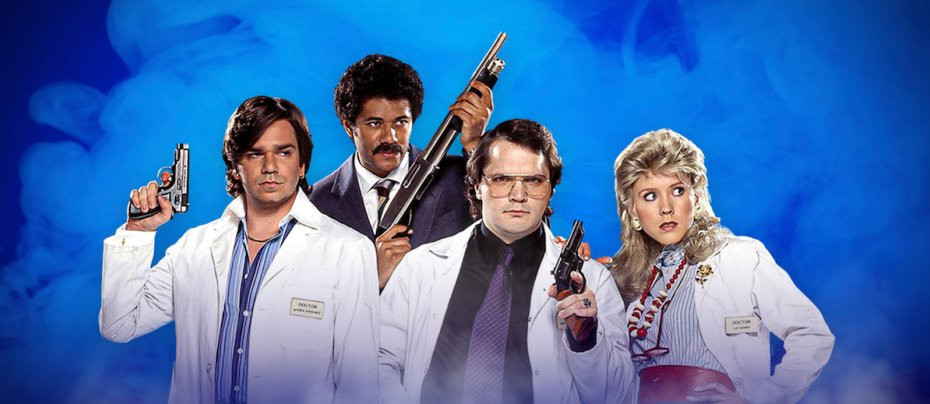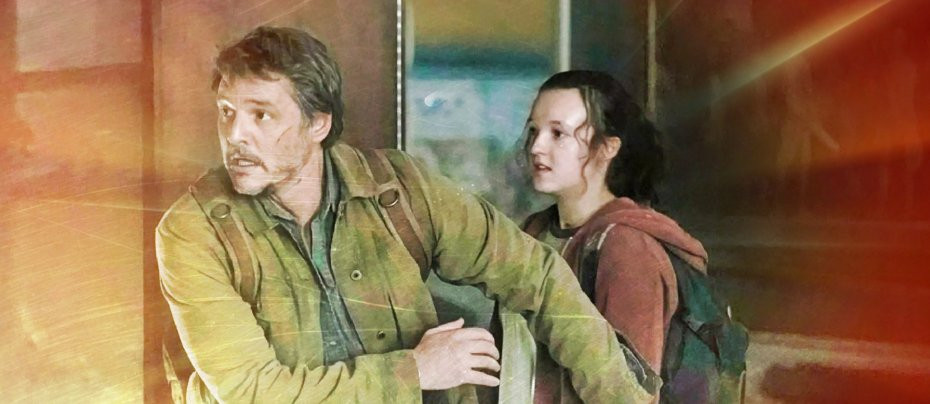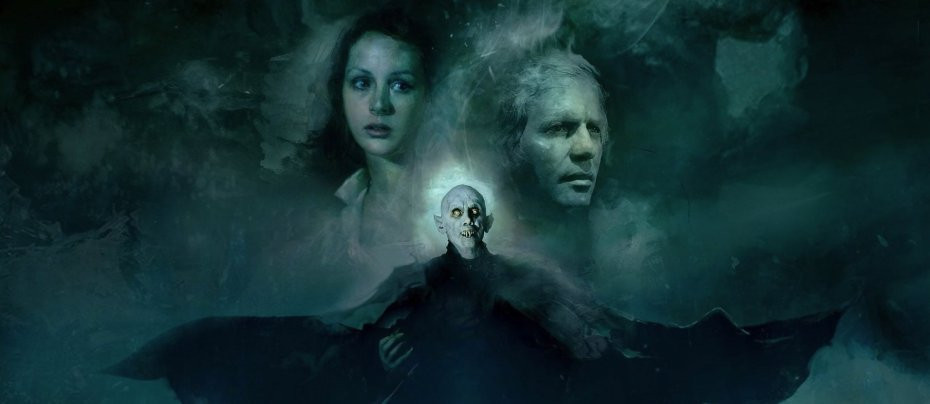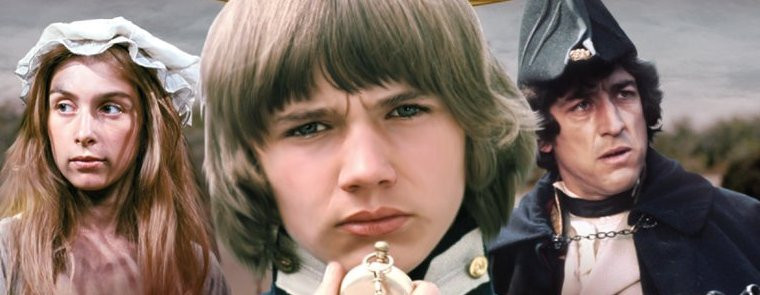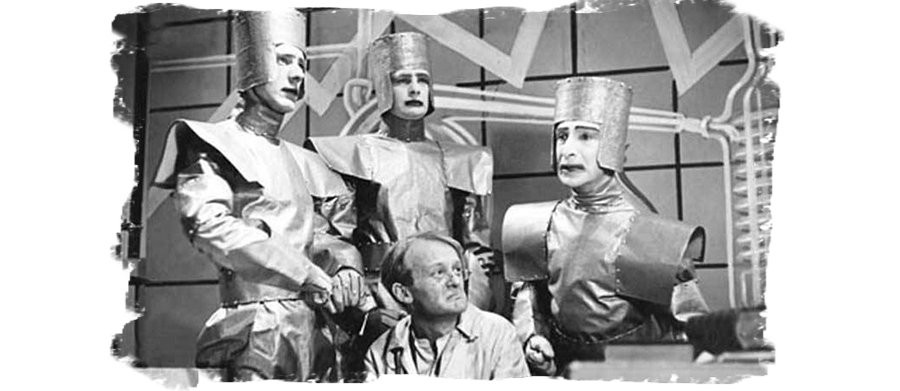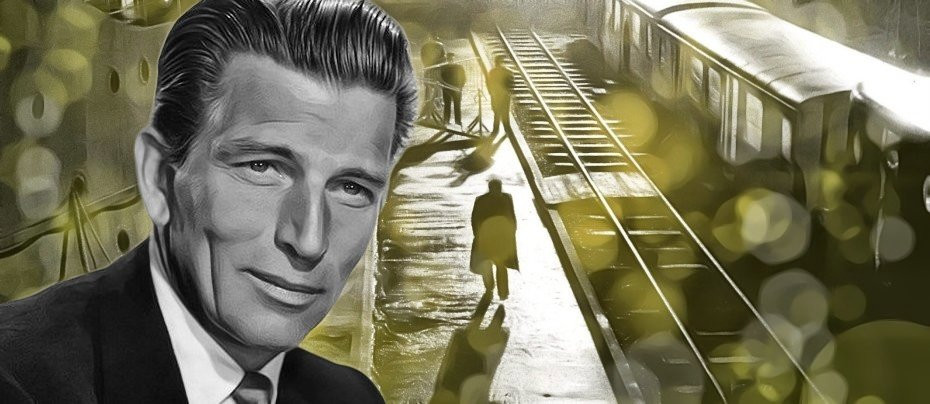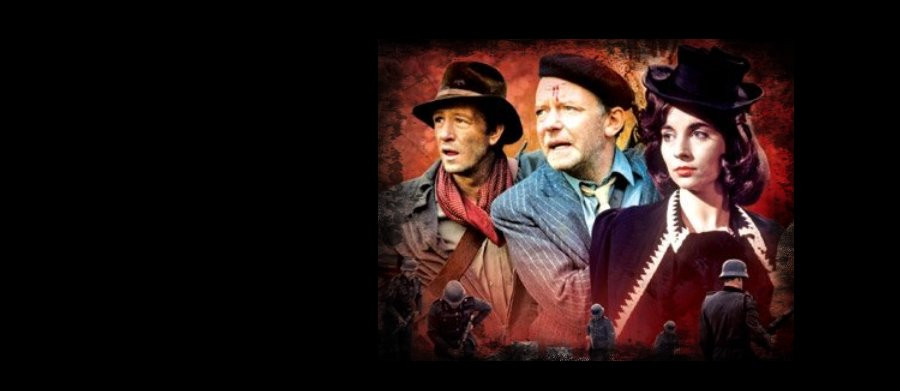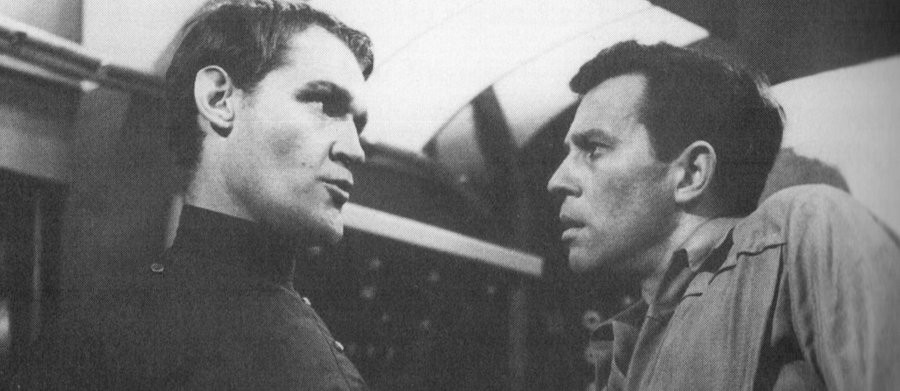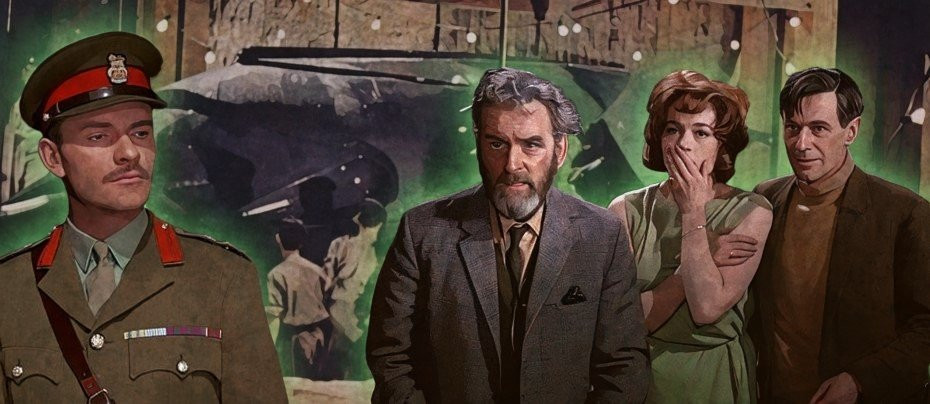
Quatermass and the Pit (Film)
The only Quatermass production of the 1960s and the first to be produced in colour, the film version of Quatermass and the Pit is perhaps the most popular and best remembered of the good Professor's adventures. As with the previous two films, The Quatermass Xperiment and Quatermass 2, it was based on an original BBC serial and produced by Hammer Film Productions. However, while Hammer rushed out its big screen adaptations of the first two Quatermass serials, it held onto its rights to the third for the better part of a decade. Quatermass and the Pit was released in late 1967, almost eight years after the broadcast of the serial it was based on, and ten years since the previous film release.
Review by Daniel Tessier
Had they had their way, Hammer would have released Quatermass and the Pit as early as 1961. Nigel Kneale had adapted his own script into a cinematic screenplay and Val Guest, director of the previous two films, had signed on to direct the third. However, in spite of the success of the earlier films (and the middling returns of their Quatermass substitute, X the Unknown), the studio had a hard time getting financial backing for the production, with their main collaborator, Columbia Pictures, passing on the film. However, in 1966 Hammer signed a new deal with Seven Arts Productions and the ABPC for distribution and co-production. 20th Century Fox purchased the American distribution rights, renaming the film with the evocative title Five Million Years to Earth. The production of the third Quatermass movie could finally begin.
One benefit of the delay was that Hammer finally capitulated to Kneale's demands that they recast Quatermass himself. The first two films had starred American actor Brian Donlevy, who Kneale believed was totally miscast – and he was right. Several actors were considered, with star of the TV version of Quatermass and the Pit, André Morell, being the favoured choice. Morell, however, wasn't interested in returning to a role he'd already played (and a script he'd essentially already filmed). In the end, Hammer cast one of their semi-regular performers, Andrew Keir. The gruff Scottish actor had appeared in their films The Pirates of Blood River and Dracula: Prince of Darkness, as well as the science fiction film Daleks: Invasion Earth 2150 AD for Hammer's rival, Amicus.
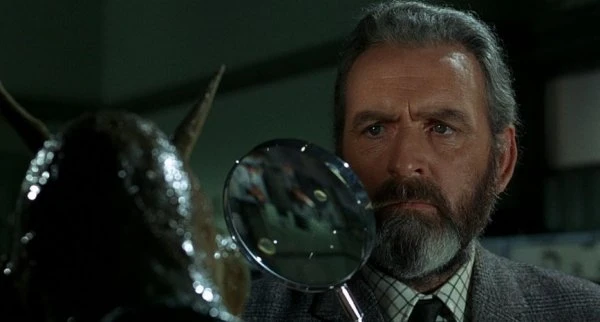
Keir is excellent as Professor Quatermass, a vast improvement over Donlevy and arguably the best of the seven actors to take on the role (the debate tends to be between him and Morell). He has the no-nonsense, immovable object grit of Donlevy's version, while retaining the intellectual bearing and thoughtfulness that the scientist needs. Unlike Morell's rather posh Quatermass, Keir is a redbrick university sort, and when he's arguing with ministers over how his research is to be used, you know he's had confrontations like this with toffee-nosed sorts all through his career.
By the time the film went into production, Val Guest was tied up with Columbia's parodic adaptation of Casino Royale. In his place, Roy Ward Baker was employed as director, bringing a great deal of technical experience from his helming of films such as A Night to Remember and The One That Got Away, films noted for their realism and impressive visuals. Kneale's reworked script suited Baker; he had taken his six-part serial, already the paciest of the Quatermass serials, and cut it down to a tight 97 minutes. There's no padding at all in the script, and Kneale had already reworked elements with a more cinematic approach: the generic building site of the original pit is now Hobbs End underground station, while the climax is reworked to be more visually dynamic.
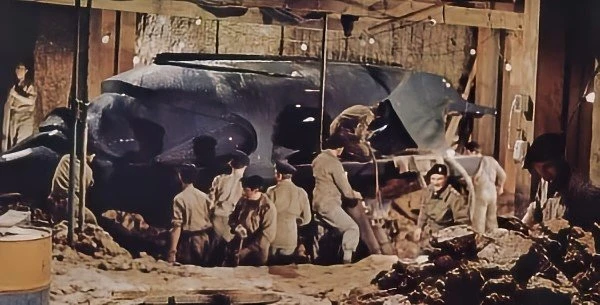
The essential story remains unchanged: workers uncover human-like remains when excavating, leading anthropologist Dr. Roney (James Donald – The Bridge Over the River Kwai, The Great Escape) to investigate. Roney deduces that the skeletons are at least five million years old, pushing human evolution back farther than realised. Meanwhile, Quatermass is at odds with Colonel Breen (Julian Glover – Indiana Jones and the Last Crusade, Game of Thrones) who has been assigned to the British Experimental Rocket Group and is diverting it to produce offensive weaponry. As a WWII munitions expert, Breen is called in when a huge missile of unknown design is uncovered during Roney's dig, with Quatermass tagging along and sticking his oar in.
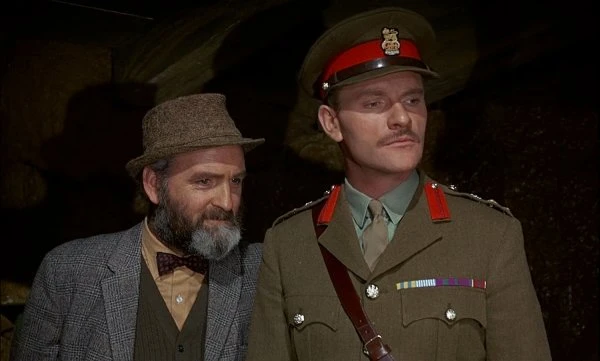
The alleged bomb is constructed of an indestructible material, but the disposal team are able to open it. Impossibly, one of the hominid fossils is sitting intact inside the vessel. Another chamber is completely sealed off and attempts to drill into it with diamond and Borazon only succeed in producing painful, mind-altering noises. Suddenly, the chamber melts away, seemingly of its own accord, revealing the remains of insect-like extraterrestrials, whose horned heads invoke that of the Devil.
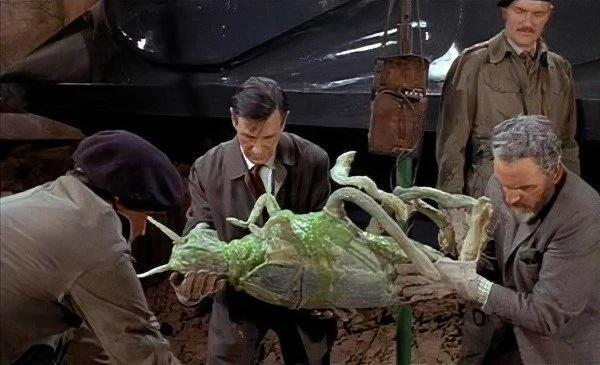
The plot moves on rapidly, with Breen sticking fast to his conviction that they have discovered a German propaganda bomb designed to frighten the British populace during the war, while Quatermass and Roney are increasingly convinced that the history of hauntings and occult events in the Hobbs End area are somehow linked to the buried ship. Quatermass is accompanied on his investigations by Roney's assistant Miss Judd – the beautiful Barbara Shelley, already a prolific actor and Hammer's recurring leading lady, in films including Village of the Damned, The Gorgon and Dracula, Prince of Darkness (alongside Keir the previous year).
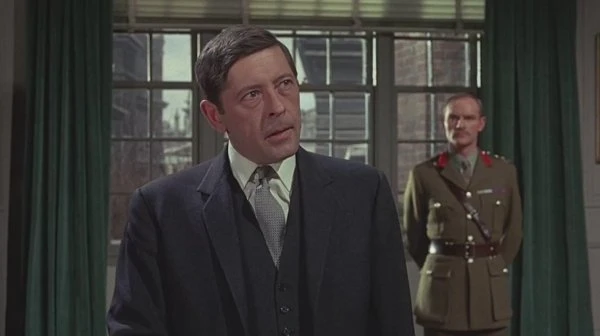
Unfortunately, Breen has a more powerful ally: a high ranking minister who views Quatermass as a crank, stirring up panic. The minister is played by Edwin Richfield, another Hammer stalwart who had appeared in both Quatermass 2 and X the Unknown and would have been recognisable for many television appearances as equally stubborn politicians and officers.
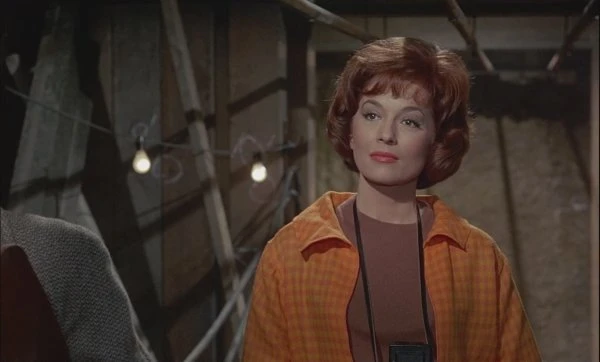
Keir quietly dominates his scenes, but the cast is uniformly good, and all bring a considerable class to the film. Shelley is particularly impressive in spite of having little to do for the first half of the film - but gets more to do as the effects of the capsule grow, as Judd has a particular affinity for the psychic phenomena that the aliens have passed down to humanity. Donald is almost twittish when he first appears, but slowly reveals Roney to be a resolute and heroic character. Glover, aside from appearing frightfully young, gives Breen a steely resolve and clear intelligence, unfortunately becoming more and more blinkered as the unlikely truth is revealed.
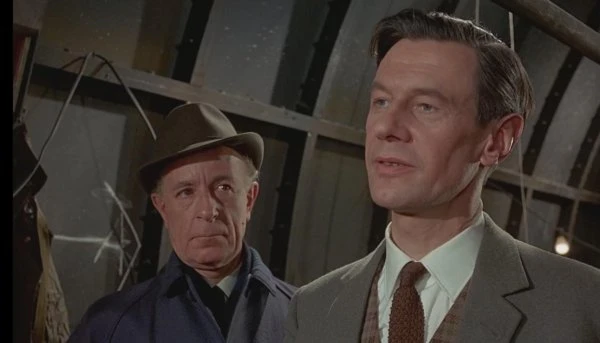
Quatermass comes to believe that the insectoid creatures are Martians, who fled their dying world after they almost wiped their own kind out in racial genocide. In a disquieting scene, Quatermass and Roney record Barbara's thoughts as she falls under the capsule's influence, playing them back to an incredulous government audience. While the footage is deliberately scratchy and the puppetry primitive, the hordes of Martians are nonetheless deeply unsettling. Quatermass theorises that the Martians converted apes into early man by imbuing them with some of their own characteristics. Images of the Devil, visions of goblins and imps, witchcraft, and the basest acts of humanity are all their legacy.
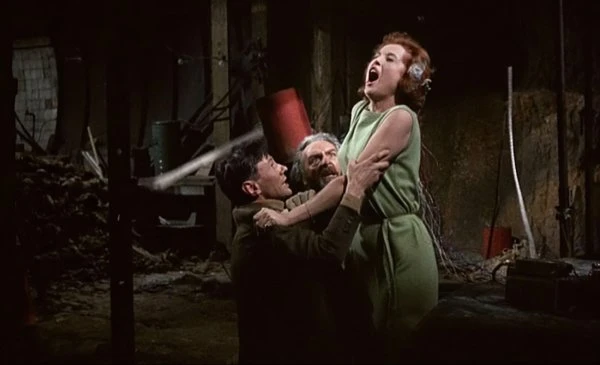
The final act of the film – essentially the final episode of the television version – deals with the aftermath of the craft's final activation, as the latent psychokinesis and underlying violence of the local population is awoken. It's a disturbing sequence, as the few unaffected by the alien influence are hunted down. Only Roney, immune to the effect, and Quatermass, barely holding it together, are able to use their wits to find a way to destroy the menace, which culminates in the huge spectre of a Martian hovering over London. Sadly, the film loses the Professor's monologue which closed the serial, leaving it to end on a rather desolate and empty note.
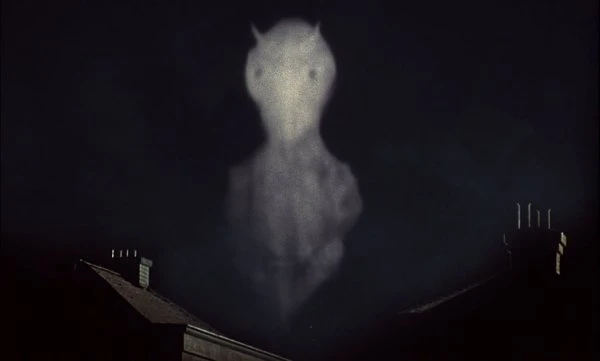
Andrew Keir remains well-regarded by horror and science fiction aficionados as one of the finest actors to play Professor Quatermass. Although in later interviews he said that it was a deeply unhappy shoot for him – apparently under the impression that the director didn't approve of his casting, something Baker denied – he still cited Quatermass as one of his best roles. He would return to the role once more for The Quatermass Memoirs, a 1996 radio programme that combined documentary content with a new dramatic strand that bridged Pit and Conclusion. It was his final role before his death in 1997.
Quatermass and the Pit is easily the best of the Quatermass films, and one of the best of all the Quatermass productions. With limited but well-used practical effects, taut direction from Baker, unsettling music from Doctor Who's Tristram Cary, and a quietly powerful leading performance by Keir, the film delivers some genuinely chilling moments. It's also the most accessible of the Quatermass productions; pacier than what came before and, for all its ruminations on the nature of evil, less po-faced and depressing than Euston Films' The Quatermass Conclusion that followed twelve years later.
Published on October 26th, 2024. Written by Daniel Tessier for Television Heaven.


